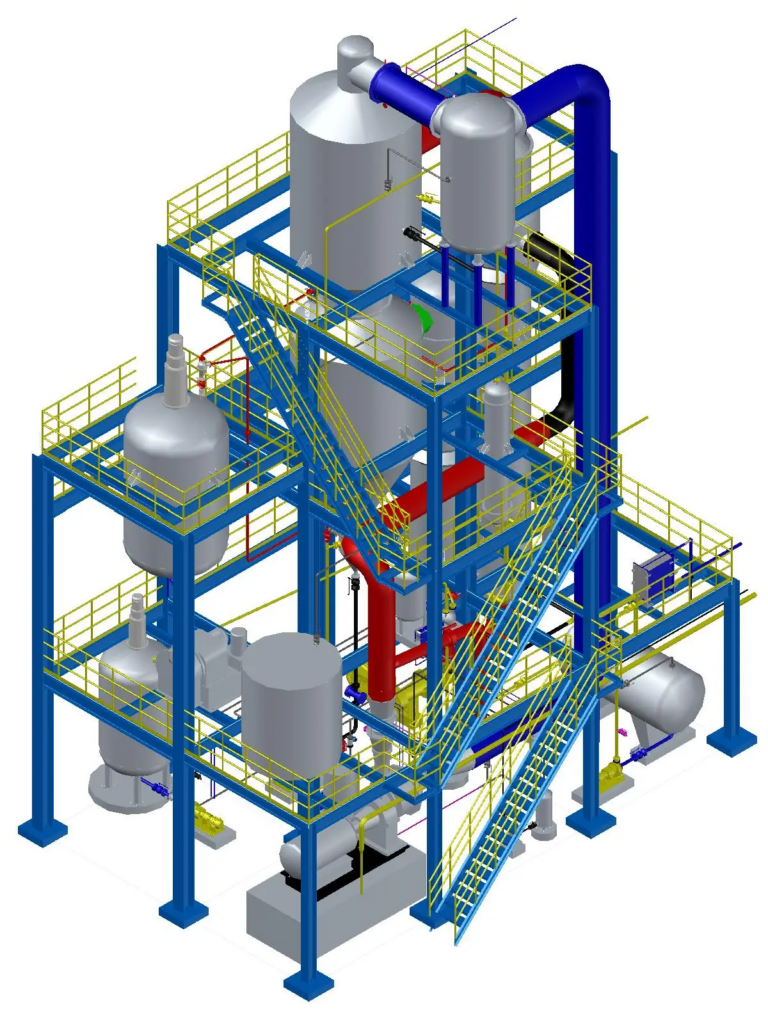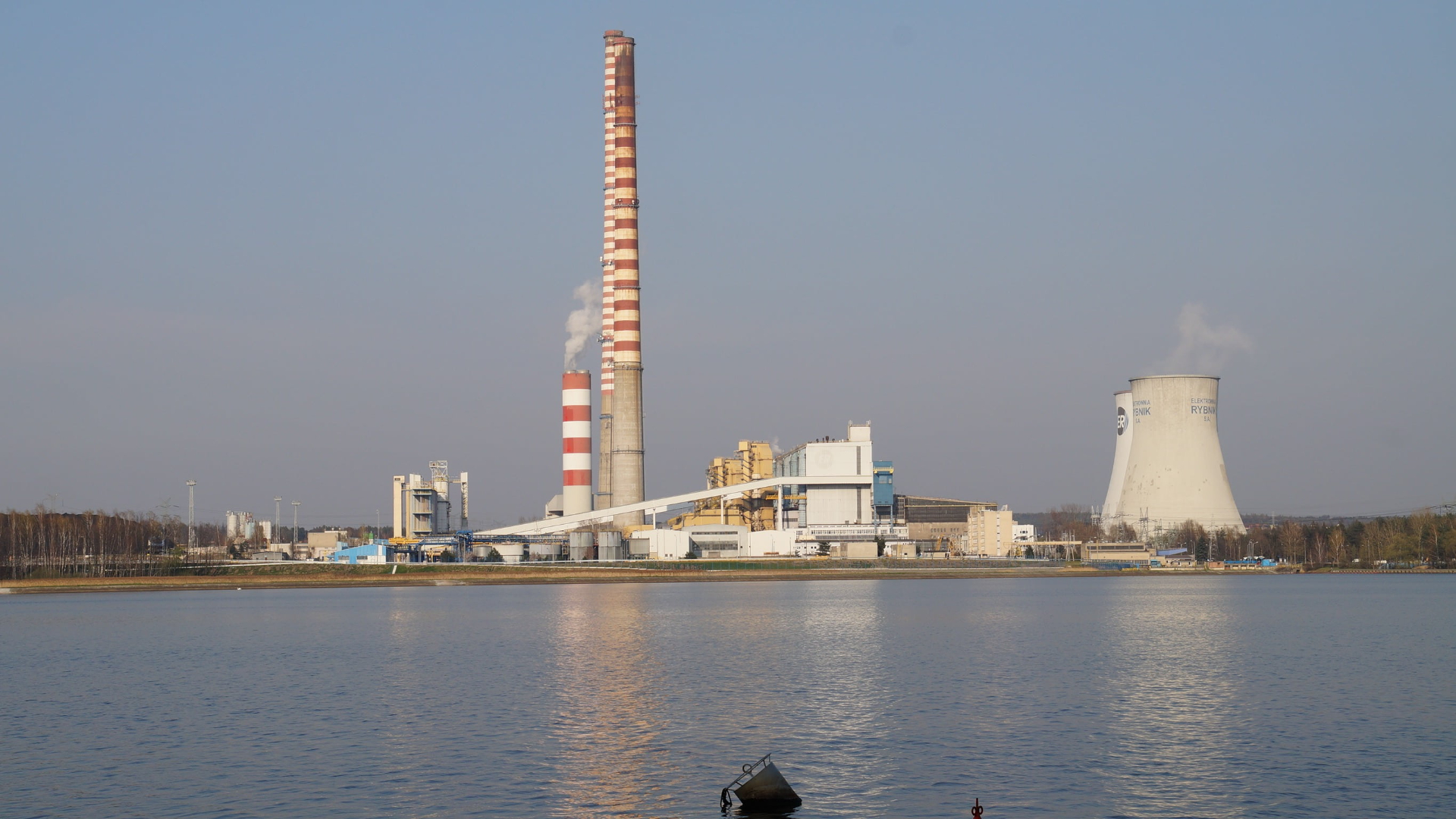As the global water shortage problem intensifies, seawater desalination, as an open source incremental technology, has received increasing attention. Seawater desalination is the use of seawater desalination to produce fresh water, which can increase the total amount of fresh water and is not affected by time, space and climate. The current mainstream seawater desalination methods include distillation, reverse osmosis and freezing. Each method has its own advantages and disadvantages. Choosing the right method is crucial to ensuring stable water supply, reducing costs and improving efficiency.
- Introduction to seawater desalination methods
- Distillation method.
Principle: Heat seawater to evaporate it, then condense the water vapor into fresh water.
Advantages: mature technology, simple operation, and high fresh water quality.
Disadvantages: high energy consumption and high equipment maintenance cost.
Applicable scenarios: Suitable for areas with stable heat supply, such as near power plants, where waste heat can be used for seawater desalination to reduce operating costs.
- Reverse Osmosis
Principle: Use a semipermeable membrane to separate salt and other impurities in seawater under high pressure to obtain fresh water.
Advantages: low energy consumption, modular equipment and easy maintenance, high pretreatment requirements but mature technology.
Disadvantages: high requirements on membrane materials, membrane pollution may affect efficiency.
Applicable scenarios: Suitable for areas with sufficient power resources and high requirements for equipment maintenance, especially urban water supply systems.
- Freezing method
Principle: Freeze seawater to make it freeze, separate the ice crystals from concentrated brine, and then melt the ice crystals to obtain fresh water.
Advantages: Relatively low energy consumption and simple requirements for seawater pretreatment.
Disadvantages: The desalination process is complicated, the resulting fresh water may taste bad and require further treatment.
Applicable scenarios: Suitable for areas with low electricity costs and low requirements for initial equipment investment, such as small islands or remote coastal areas.
- Factor Analysis for Selecting Methods
- Energy supply: If the region has a stable supply of waste heat or renewable energy, distillation and refrigeration methods are more applicable; if electricity resources are sufficient, reverse osmosis is more advantageous.
- Water quality requirements: Distillation is suitable for scenarios with extremely high requirements for fresh water quality (such as water for the pharmaceutical and electronic industries); reverse osmosis and freezing methods can meet the requirements for general domestic water.
- Investment and operating costs: The initial investment budget and long-term operation and maintenance costs are important factors in choosing a method. Reverse osmosis has a lower initial investment, while distillation may have higher operating costs.
- Environmental conditions: Environmental factors such as climate and seawater salinity can also affect the choice of method. For example, areas with high salinity seawater may be more suitable for reverse osmosis or freezing methods that require less pretreatment.
- Comprehensive Recommendations
- For large industrial cities with a stable supply of heat sources, it is recommended to use distillation combined with a water and power cogeneration model to reduce overall operating costs.
- For cities with sufficient electricity resources and high requirements for water quality, reverse osmosis is recommended to ensure the stability and economy of water supply.
- For small islands or remote coastal areas, freezing can be the preferred option because of its low initial investment and simple pretreatment requirements, making it suitable for small-scale applications.
By comprehensively considering factors such as energy supply, water quality requirements, investment and operating costs, and environmental conditions, the most suitable seawater desalination method can be selected to achieve efficient use of water resources and sustainable development.



生化膜反应器14-scaled.jpg)
生化膜反应器4-scaled.jpg)


